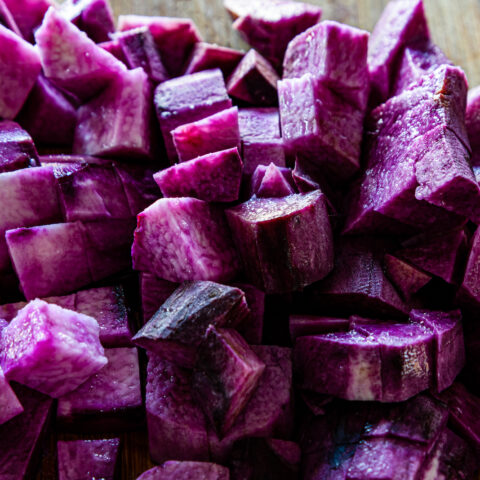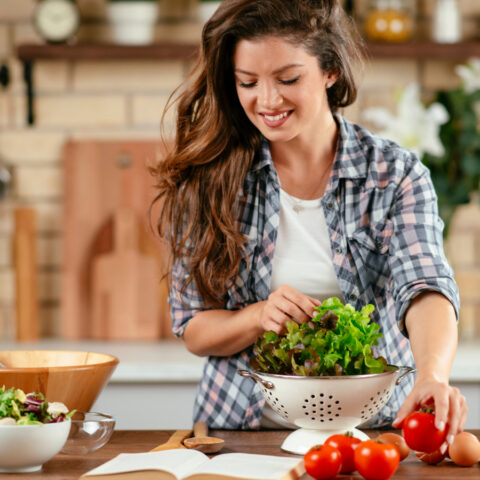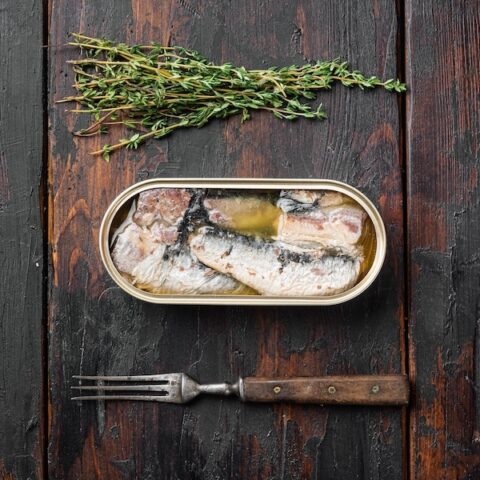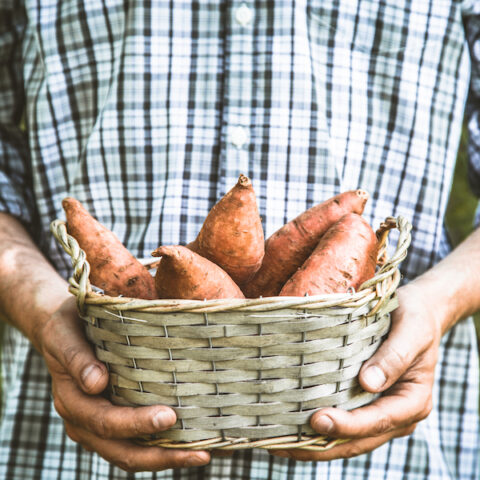Grain-Free Alternatives for Cooking and Baking
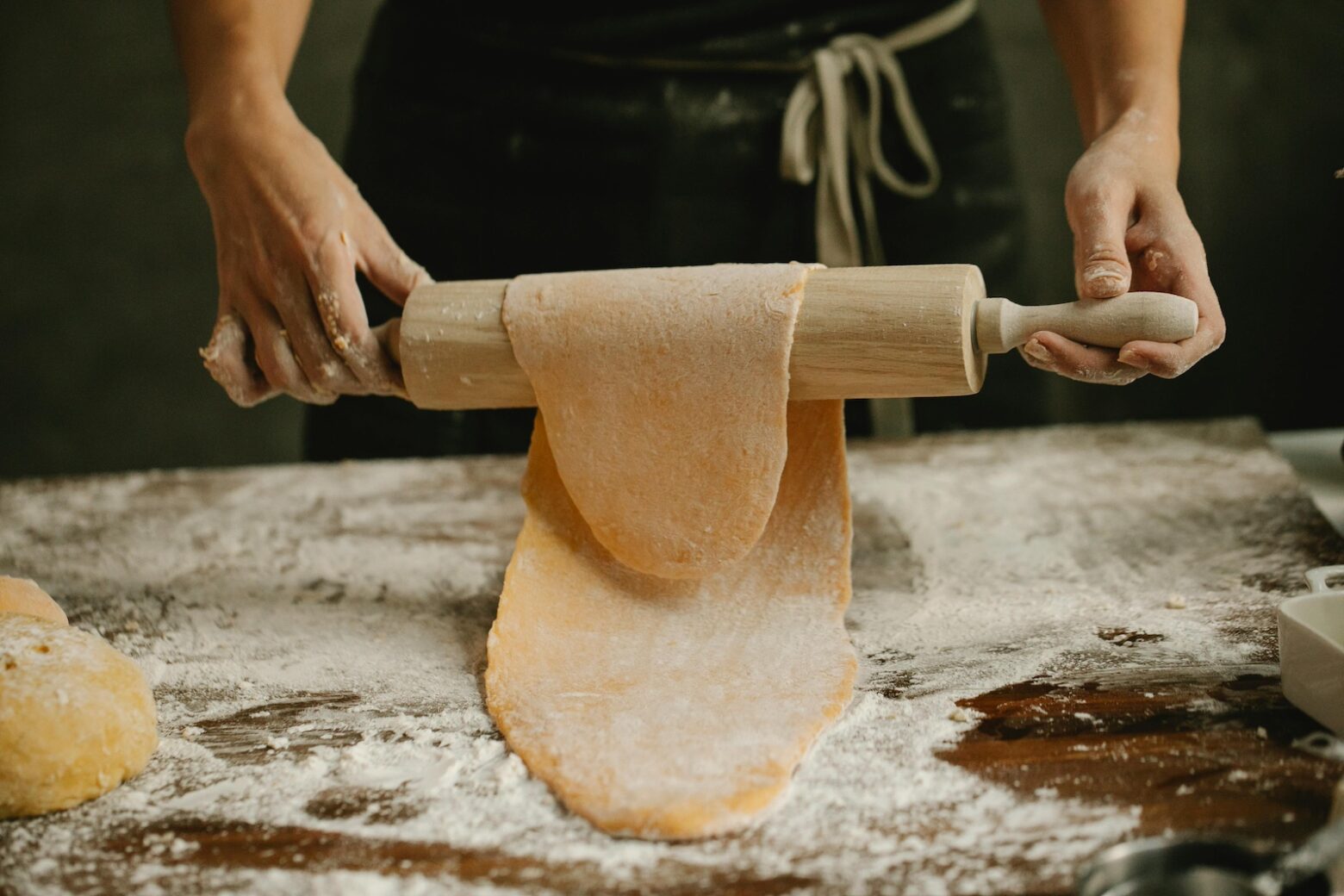
Most of us grew up consuming grains. They are an affordable mainstay of familiar recipes and cuisines worldwide. Grains supply 25-50% of calories in a Western diet and more than half of energy intake globally.1
Known for affordability and versatility, grains provide comfort not found in other foods. But what if you’ve decided to move away from eating grains for health reasons?2 There are ways to replace commonly used grains with other healthful foods while satisfying the same taste.
And what about the importance of fiber for gut health? We break down the basics of grain-free alternatives for pasta, noodles, rice, and baking.
RELATED: Are Whole Grains Healthy?
Grain-Free Pastas and Rice Alternatives
From a culinary perspective, pasta, noodles, and rice provide a hearty foundation for sauces, braised or stewed meats, and stir-fried vegetables and proteins. In recent years, other ingredients like cauliflower have popped up as replacements.
It’s easy to see how riced cauliflower took the steam out of using other vegetables as rice alternatives—it’s white and easy to crumble into bits. No offense to cauliflower lovers, but we think it is time to think past the white florets to a wider variety of ideas.
Broccoli is as easy as cauliflower, and proper preparation has added health benefits. Broccoli contains sulforaphane, a bioactive compound that can help maintain healthy blood sugar levels and reduce inflammation, contributing to chronic diseases and cancers.
However, broccoli must be chopped and allowed to rest for 40 to 90 minutes in order to release the enzyme (myrosinase), which prompts the formation of glucosinolates (a sulforaphane precursor) and transforms into sulforaphane.3 Chopped broccoli that sits for 90 minutes has twice the amount of sulforaphane than broccoli that is cooked immediately.
And the finer the broccoli is cut, the more sulforaphane is released, which is ideal for riced broccoli. Simply pulse broccoli florets and stems in a food processor until “riced.”
RELATED: Are Ancient Grains Gluten-Free and Healthy?
Heart of Palm is a recent introduction into the grain-free rice and noodle category. The ingredient comes from the core of a cultivated, sustainably grown coconut tree; the meat and fibers are pressed and cut into long linguine or angel hair strands or flat, sturdy rectangles for lasagne and rice bits. Hearts of palm are low in calories and high in fiber. Once rinsed off, they can replace traditional Italian pasta and risotto, and Asian fried rice, sushi, and curries.
Spiralized and ribboned vegetables and fruits are a fun way to satisfy cravings without the carbs. While zucchini, commonly called zoodles, is the most popular food for this method, you can stretch the possibilities with these ideas: julienned cucumber, mango, and papaya as the base for a cold Asian salad with shrimp; carrot and summer squash ribbons with a light lemon sauce, or sauteed parsnip and apple spirals with fall pork stew. You must invest in a spiralizer or julienne peeler to pull this off.
Try replacing the zoodles in the following recipes with a new food like spiralized beet, butternut squash, parsnip, or papaya:
Kelp noodles made from seaweed have a light taste and springy texture. The neutral taste doesn’t mask or absorb the rich, savory flavor of sauces and other accompaniments. Kelp noodles are low-calorie, low-carb, fat-free, sugar-free, and a powerhouse of vitamins A, B, and C and minerals like calcium, magnesium, zinc, and iron. And while you’ll also get your fair share of sodium, kelp typically has about twice the potassium of sodium, helping to keep that sodium/potassium ratio below one.
You can find kelp noodles in Asian stores, and they are easy to prepare. Just soak in boiling water for 30 seconds to a minute, then drain and rinse and they are ready to be eaten.
Konjac noodles, or shirataki noodles, are made from the konjac yam plant. They are low in calories, carbohydrates, and gluten-free. Konjac noodles are translucent and gelatinous in texture, with a neutral taste, making them versatile for various dishes. Additionally, they are high in fiber and can help promote feelings of fullness.
With typically no more than 10 calories and 2-3 carbs per 100-gram serving, they are ideal for The Paleo Diet® because these grain-free alternatives can satisfy the craving for pastas and rice. Konjac noodles, pasta, and rice also help one feel full because they are made from water and glucomannan, a viscous soluble dietary fiber from the konjac tuber.
See more inspiration for grain-free rice and noodles:
Grain-Free Breads, Batters, and Cereals
When giving up grains, saying goodbye to bread and certain breakfast foods like pastries, pancakes, and cereal can be one of the most challenging breakups. Thanks to the fantastic chemistry of fibers, nuts, and vegetables, you can say hello to some new favorite baked goods.
RELATED: Are Sprouted Grains Healthy?
Nut flours are an ideal alternative for traditional wheat flour. Though the substitution usually isn’t one-for-one, the recipes can be very satisfying. When using nut flours, adjustments may be needed in the liquid and fat content of recipes. We recommend following a pretested recipe precisely before making any changes.
Once you’ve mastered a recipe, you can start to experiment. Almond flour, cashew flour, pecan or hazelnut flour, sunflower seed flour, and coconut flour can be used to make muffins, flatbreads, and hot cereals. Coarsely ground nuts with whole seeds and flax meal make lovely granolas. Augmenting these doughs and batters with pumpkin, banana, and zucchini provides the texture, moisture, and flavor you want in tender baked goods.
Understand that grain-free baking will not yield the same results as baking with wheat. When wheat flour is mixed with water, the proteins, including gluten, form a network. When the dough or batter is heated, the starches absorb water, which gelatinizes. This forms a viscous medium to hold in air bubbles, allowing bread or baked goods to rise.
RELATED: Millet: A Gluten-Free Grain You Should Avoid
In contrast, when coconut flour absorbs liquid, it produces a viscous paste that does not hold in air bubbles and, therefore, results in a denser, heavier baked bread, cake, or pancake. Coconut flour, in combination with small amounts of arrowroot, works well as a stand-in for flour in breads, cookies, cakes, and more. Coconut flour is highly absorbent, so you only need a small amount. A general rule is ¼ to ⅓ cup of coconut flour for 1 cup of regular flour.
Due to their natural oils, nut flours can turn rancid quickly. Store them in airtight containers in the refrigerator or freezer to maintain freshness.
Combination flours work well when you have a pizza craving. Most people crave the crust. Mercifully, alternates like cauliflower mash can help when mixed with arrowroot, almond, and coconut flour. The right balance of ingredients can replicate the textures and crunch that so many people love in their favorite savory pie.
Nut butters and seed butters offer a rich taste and functionality for desserts and sweet baked goods. (Remember that peanut butter is not Paleo because it is a legume.) For added texture and crunch, consider pistachios, pecans, walnuts, hazelnuts, pine nuts, Brazil nuts, pumpkin seeds (pepitas), watermelon seeds, sunflower seeds, and flaxseeds in addition to traditional almond or cashew butter.
Examples of grain-free alternatives in baked goods include:
Tips for Paleo Baking Success
Baking is chemistry and always requires the following: structure to form the foundation, binders to blend, leavening for rise, and sweeteners for palatability and structure. Here are some tips:
- Weigh your ingredients on a scale instead of using volume measurements. Remember that 100g is always the same, but a measuring cup volume can vary, especially with larger quantities.
- To make Paleo baking powder, combine one part baking soda with two parts cream of tartar and two parts arrowroot powder. Mix well and store in an airtight container. Use this Paleo-friendly alternative as a leavening agent in your baking recipes.
RELATED: How to Bake on The Paleo Diet
Fiber-Rich, Grain-Free Alternatives for Breads and Other Baked Goods
Fiber is an important consideration when giving up grains. Paleo favors minimally processed plant starches and sweet potatoes, ideal for tender pancakes, crepes, and flatbreads on the griddle.
Sweet potato flour can provide the right taste and flavor with a hint of sweetness. Sweet potatoes are also a good source of fiber, while providing vitamins A, C, and B-6 and potassium. Cooked and mashed butternut squash and pumpkin are just as good as mashed sweet potato as the base for batters and quick breads.
Flaxseed flour provides fiber and a cohesive binding functionality when added as a pre-hydrated ingredient, and flax eggs are also suitable binders. To up your fiber intake or use as a vegan substitute, mix 1 tablespoon ground flaxseed with 3 tablespoons water for one regular egg to make flax eggs. Let the mixture sit for about 5 minutes until it becomes gel-like.
Here are some fiber-rich recipe ideas:
References
- Jones, Julie M., et al. “Carbohydrates, grains, and wheat in nutrition and health: an overview. Part I. Role of carbohydrates in health.” (2015): 224-233. https://www.cabidigitallibrary.org/doi/full/10.5555/20153392847’
- Frączek, B.; Pięta, A.; Burda, A.; Mazur-Kurach, P.; Tyrała, F. “Paleolithic Diet—Effect on the Health Status and Performance of Athletes?” Nutrients 2021, 13, 1019. doi.org/10.3390/nu13031019
- Wu Y, Shen Y, Wu X, et al. “Hydrolysis before Stir-Frying Increases the Isothiocyanate Content of Broccoli.” J Agric Food Chem. 2018;66(6):1509-1515. doi:10.1021/acs.jafc.7b05913
